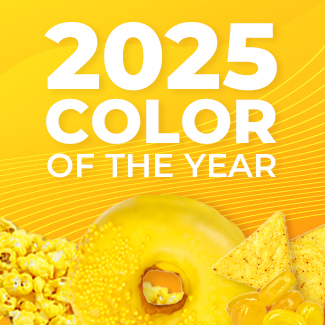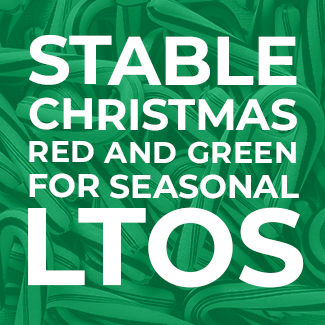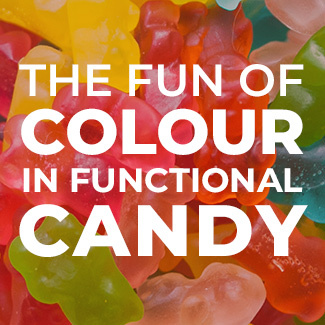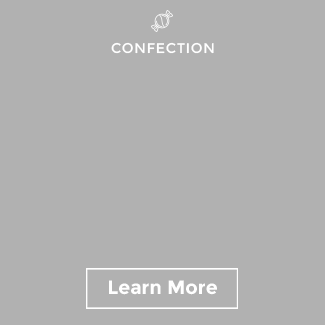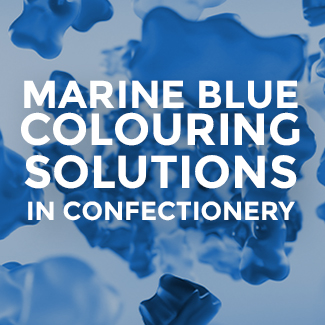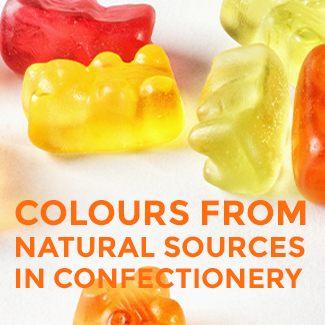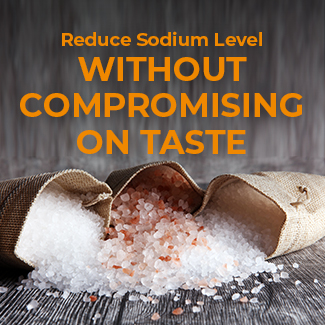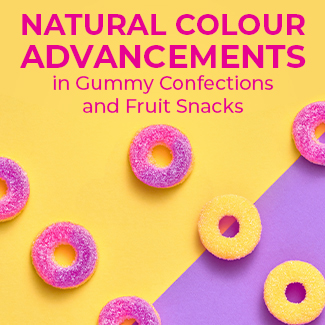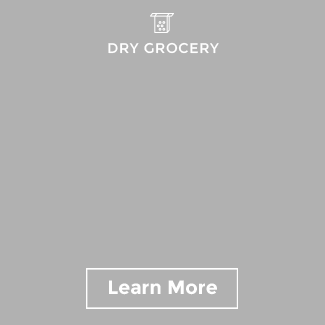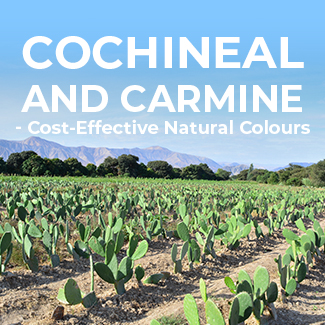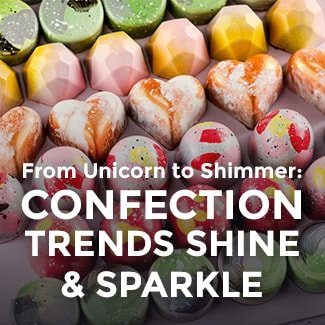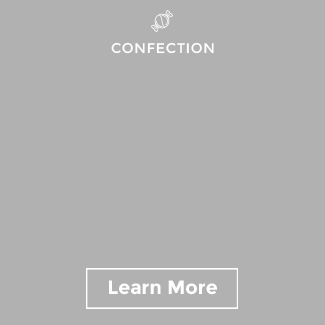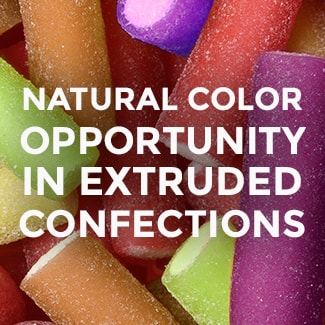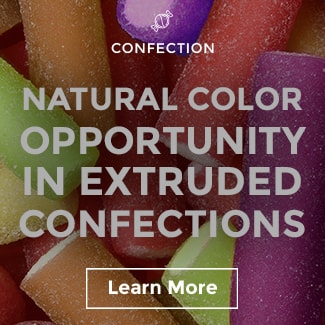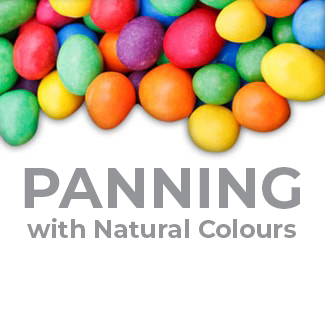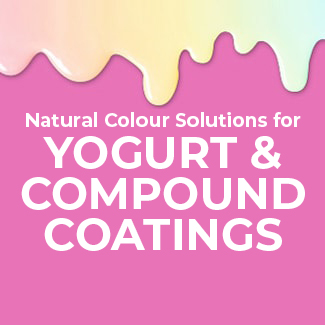Natural Blue Advances in Panning
Finding suitable natural replacements for synthetic blue shades is challenging for any food application, especially so for confectioners. Unfortunately, there are only a few naturally derived sources of blue, and regulations vary from country to country, which adds complexity. For example, chlorophyll produces some excellent greens but is not yet permitted for use in the US. While synthetic colours perform well with most panning processes, panning with natural ingredients can be more difficult primarily due to either heat instability or pH sensitivity. Fortunately, steady advances in colour technology enable us to overcome many of these obstacles. Each has it’s own pros and cons, the following technologies get us closer than ever:- Spirulina is the closest alternative to Blue 1 and is a great option for panning. The cost-in-use is manageable and Spirulina is stable over a pH range of 5 to 7. However, Spirulina is heat sensitive, and, when added to hot coating syrup, the shade can degrade over time. This problem can be avoided if the panning occurs immediately after Spirulina is added to the coating syrup.
- Sensient Natural Blue vegetable juice maintains a denim blue between pH 4 and pH 5.5. However, at pH levels outside this range, shade shift will occur. This range can be tricky for confectioners because other ingredients in a formulation might quickly impact overall pH. For instance, acid(s) may be added to a coating syrup and/or substrate to achieve a certain taste profile. The presence of acid lowers the pH, impacting the colourant and ultimately causing shade shift. Additionally, Natural Blue has a relatively weaker tinting strength that typically requires higher usage rates, which affects cost-in-use depending on the shade target.
- pH stabilized Anthocyanin systems have excellent heat and light stability and can be employed in coating syrups of all pH ranges. They produce a beautiful periwinkle blue. The patent pending systems make use of customized buffers and stabilizers to modify the pH of a coating syrup and provide consistency from batch to batch. Such Anthocyanin systems can be implemented at low usage levels and are often cost-effective options. Overall labeling is either vegetable or fruit juice. However, stabilizers and buffers are functionally critical and may require additional regulatory review depending on global market requirements.



